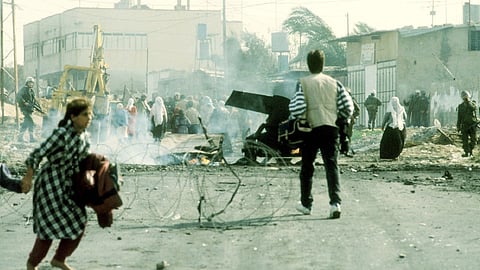A World Health Organization official who recently returned from the Gaza Strip said on Wednesday the health care system is rapidly deteriorating, and more staff, supplies and access are urgently needed.
“I’ve seen the health care system collapsing before my eyes,” Sean Casey, WHO Health Emergency Officer, told reporters at the United Nations.
Casey spent five weeks in Gaza, starting in early December, and he met with medical professionals and patients across the territory.
“I saw patients in hospitals every day with severe burns, with open fractures, waiting hours or days for care, and they would often ask me for food and water,” he said.
Casey noted a cease-fire is the most critical need, but access, the ability to move people and relief supplies safely and quickly within Gaza, also would help ease suffering.
Before Hamas’ October 7 terror attack inside Israel that triggered the war, Gaza had a robust health care system with 36 hospitals and some 25,000 doctors, nurses and specialists. Now, the WHO says, only about 15 hospitals are partially functioning, some just barely, making it difficult to assist the more than 50,000 injured people.
Casey said there is a shortage of supplies but also of staff, many of whom are displaced and struggling to survive and care for their own families.


